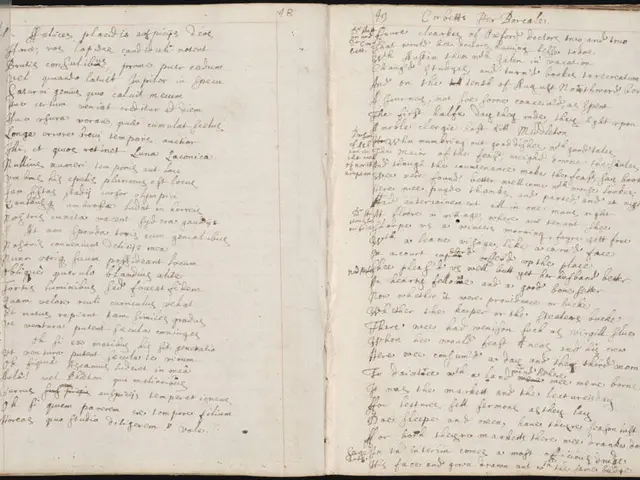Discard the shrill voices of activists, maintain horse-drawn carriages in Central Park
Central Park Conservancy Supports Ban on Horse Carriages
Central Park Conservancy President Betsy Smith has announced her support for a City Council bill to ban horse carriages citywide, citing concerns about public health and safety, the welfare of the horses, and the impact of carriages on the park’s infrastructure.
Smith's decision comes in response to a series of incidents involving horses running loose and causing injuries, as well as safety risks to visitors and damage to park roads. She argues that horse carriages are "no longer compatible with the realities of a modern, heavily used, and shared public space" like Central Park.
The ban, known as Ryder’s Law, would phase out carriage horse operations starting June 1, 2026, while also aiming to help affected workers transition to new jobs. Smith's stance has been met with controversy, as it raises questions about the impact on the largely immigrant or first-generation American carriage workers and their horses.
From 2018 to 2022, there were 522 bike-involved collisions in the park, including one fatality, which is more than the incidents involving horses. This raises questions about the Conservancy's focus on horse carriages while seemingly overlooking other safety concerns, such as those posed by e-bikes and e-scooters.
The horse carriage industry has been facing challenges for years due to the actions of the Central Park Conservancy. A recent incident involving a mare named Lady, who passed away due to a small tumor in her adrenal gland, has intensified calls for reform. However, it's important to note that this was not a result of any mistreatment.
As the debate continues, it's crucial to consider the impact on the horse carriage industry, its workers, and the horses themselves. The author encourages readers to share their thoughts on this issue.
It's worth noting that animal-welfare extremists and other ideologues have been trying to put the horses and their 200 carriage drivers and stable hands out of work for years. Some question why Smith is not demanding a ban on heavier, faster, more dangerous e-bikes and e-scooters, or pedicabs, if she is truly concerned about public health and safety.
The author suggests that the City Council should not heed the high-horse panic-mongers seeking to kill a tradition that dates back nearly two centuries. The horse carriage industry is undoubtedly a draw for tourists, contributing to the record visitor numbers Smith often boasts about.
In conclusion, the Central Park Conservancy's support for the horse carriage ban is a complex issue that requires careful consideration of public health, safety, animal welfare, and the economic impact on the industry and its workers.
[1] Central Park Conservancy Press Release, Date [2] New York City Council Bill, Date [4] Horse Carriage Industry Response, Date
- "While the Central Park Conservancy pushes for a horse carriage ban, questions arise about the Conservancy's focus, as there have been more bicycle-related incidents than horse-related ones in the park from 2018 to 2022."
- "Despite the concerns regarding horse-racing or racing in Central Park, the horse carriage industry remains a significant tourist attraction, contributing to the record visitor numbers in the park."






